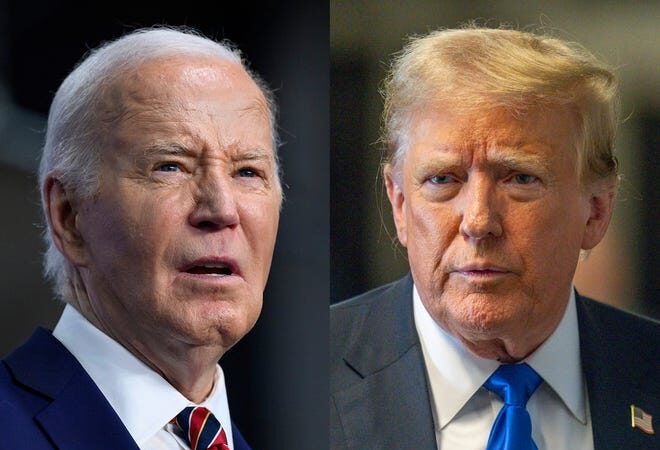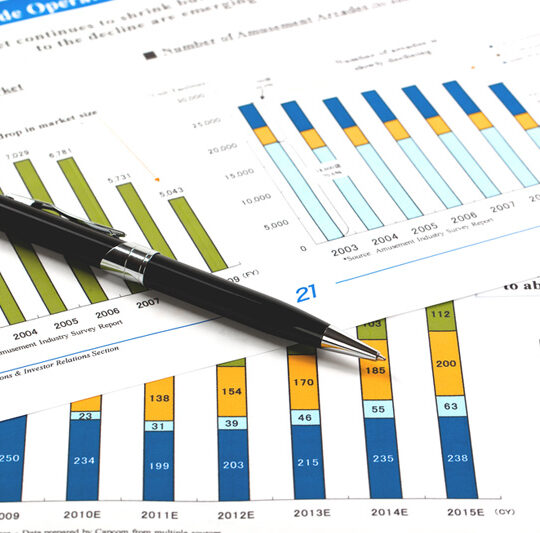
Tags :access:meteredssts:moneysstsn:Moneytag:ABC (tv network)tag:Campaigns & Electionstag:CNNtag:Democratic Partytag:Donald Trumptag:Economytag:Economy Newstag:Executive Branchtag:Joe Bidentag:Overall Negativetag:Politicstag:Republican Partytag:To the Pointtag:U.S. Congresstag:U.S. Senatetag:USAT Graphicstype:story
add a comment














